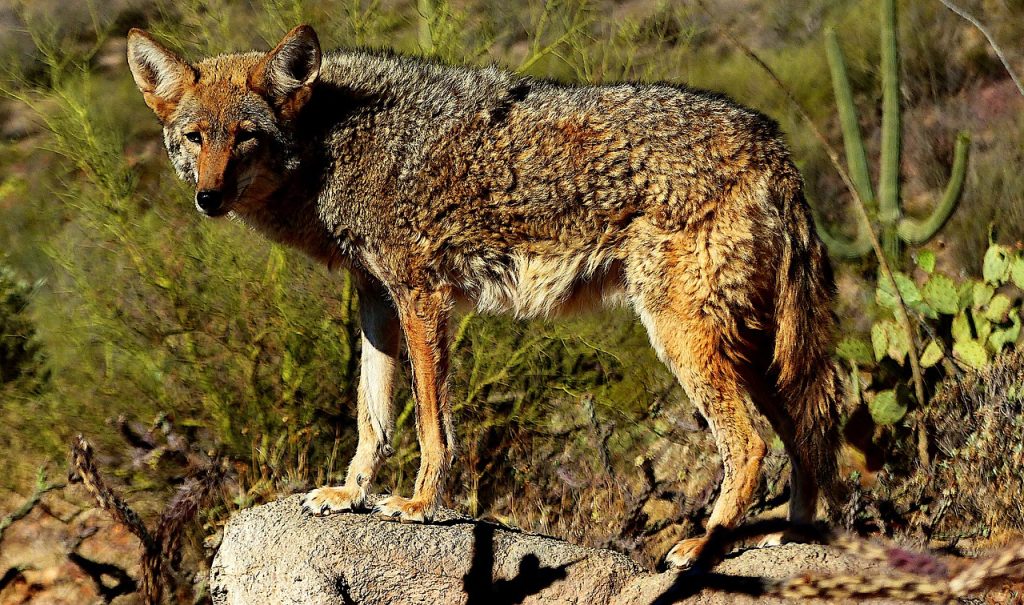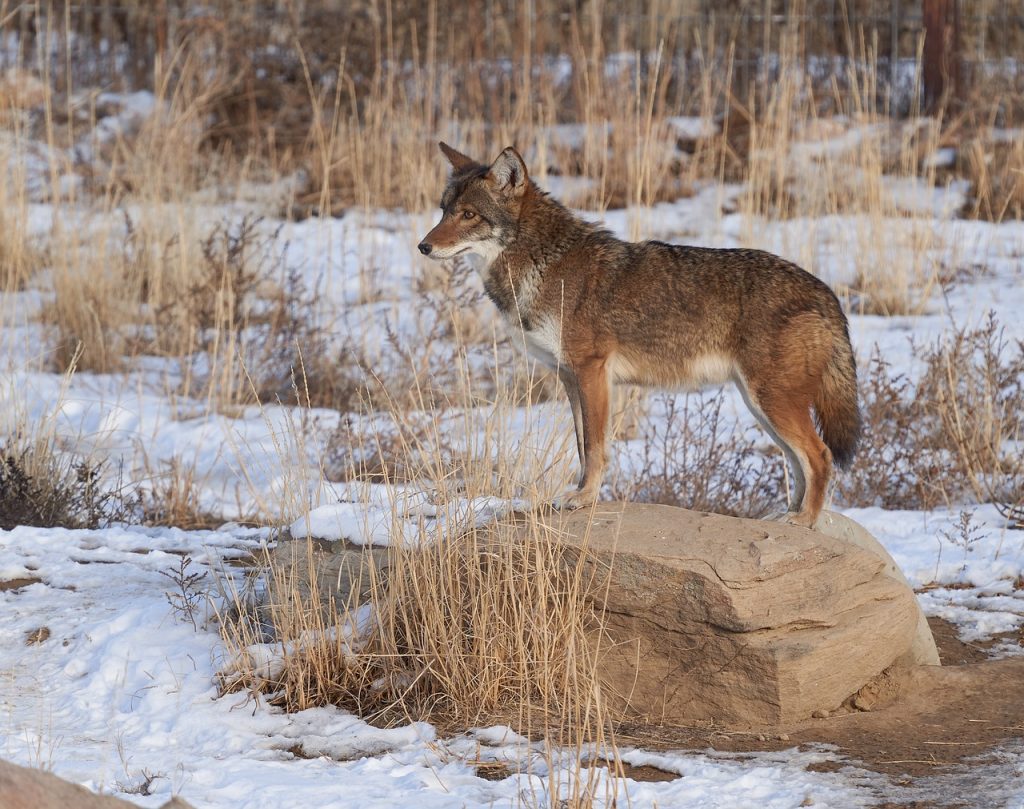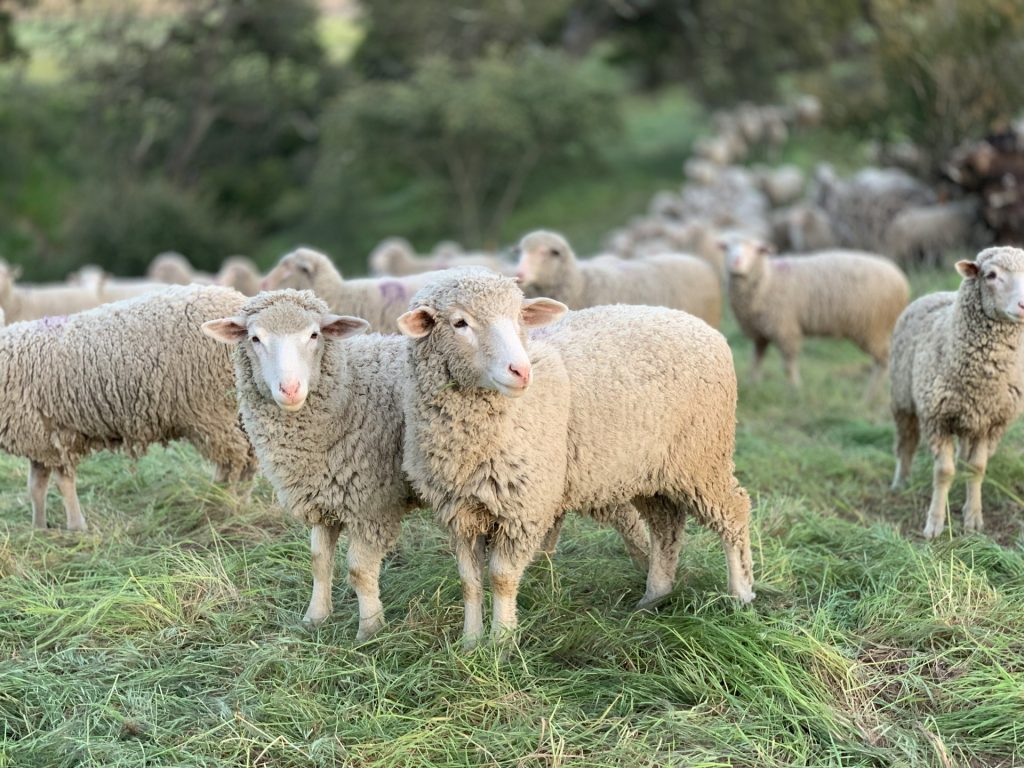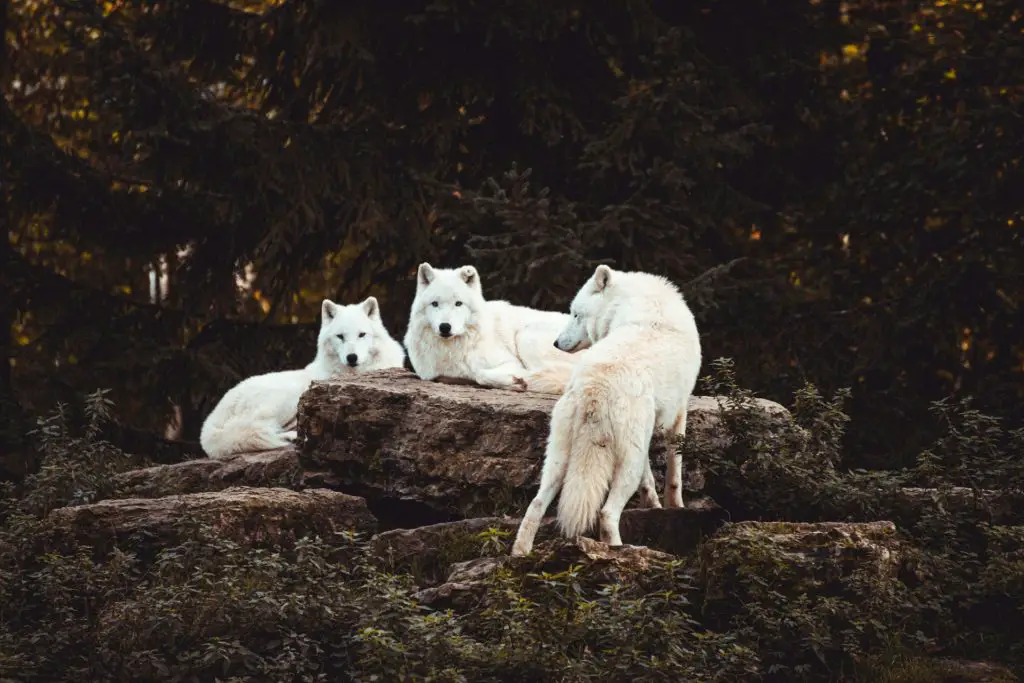Hey! Guess you are just like me before now, curious about the baby coyote? Well, my curiosity led to the comprehensive facts and features about this cute little mammal.
Over the years, you could barely spot a coyote amongst human settlements, not to talk of the baby coyote, but recently things have changed.
Because of their adaptive nature, coyotes can adapt to different environments, and that’s the reason why recently you could easily spot a coyote in your neighborhood, especially if you live close to the woods.
Baby coyotes love to play around just like puppies do; if you have the opportunity to live anywhere close to the woods, you would always spot the pups playing or even wrestling.
Coyotes can be seen in Central America, Alaska, and Canada. Their primary habitat is in the wild, but like I earlier mentioned, you can easily find them in our habitat because of their adaptable nature.
Though coyotes are not as aggressive as lions or cheetahs, they are still wild animals, so don’t let their cute looks deceive you; always be cautious whenever you see one.
Many fun facts am sure you never knew about coyotes; that’s why I have sourced the internet and compiled some of the fantastic facts, characteristics, and features of coyote and the pup(baby coyote)
In this article, you will see what you can feed a baby coyote, what they mean when they make certain sounds, how they can be independent of their mother, and many other things.
Contents
- 1 What Is a Baby Coyote Called?
- 2 What Can You Feed a Baby Coyote?
- 3 Baby Coyote Fun Facts
- 4 Can A Baby Coyote Be Domesticated?
- 5 Can a baby coyote be tamed?
- 6 How long do coyote pups stay with their mom?
- 7 Baby Coyote Names
- 8 Baby Coyote Pictures
- 9 What does a baby coyote sound like?
- 10 What do you do if you find a baby coyote?
- 11 What do coyotes hate?
- 12 How much do baby coyotes weigh?
- 13 Are Baby Coyotes Dangerous?
- 14 Related Questions
- 15 Conclusion
What Is a Baby Coyote Called?
A baby coyote is called a pup. When a female coyote gives birth to a group of pups, they are referred to as Litters.

What Can You Feed a Baby Coyote?
A baby coyote depends solely on breast milk when they are very tender. The same thing applies to most mammals, but the only difference is the time limit.
For a coyote pup that is still under 3-weeks old, the mother’s breast milk is the only thing needed at that stage in their life.
When a baby coyote gets to 3-weeks, that’s when you gradually start feeding them solid foods.
Rabbits, insects, frogs, and small rodents are their favorites, so consider feeding them those items when they are of age to consume them.
Baby Coyote Fun Facts
- Coyotes are carnivores, but they can be fed fruit and vegetables as well.
- Baby Coyotes can be referred to as pups, and they are amongst the dogs’ families.
- Baby Coyotes and Chihuahuas look alike.
- Newly delivered coyotes can howl.
- Baby Coyotes(pups) have dainty little feet, small noses, and small ears.
Can A Baby Coyote Be Domesticated?
Baby coyotes are undoubtedly cute, lovely, and irresistible. With these attributes comes the temptation of domesticating them and having them all to yourself, right?
Well! I guess your answer is yes but note that coyotes are wild animals, and as such, will always display those wild animal characters in the long run regardless of how it’s treated when they are younger.
I am well aware that when they are younger, they seem cute, lovely, and harmless. Don’t let those deceive you into taking one as a pet because it will never end well.
Coyotes are wild animals and, as such, will never be satisfied with the average meal you feed your regular pets. They mainly feed on rabbits, fishes, frogs, insects, and deer.
Besides, it’s illegal in some countries to domesticate coyotes because of the dangers that come with it.
So if you are considering domesticating a baby coyote and keeping it as a pet, I advise you don’t because studies have shown that it doesn’t end well.
Can a baby coyote be tamed?
You might be wondering if you can tame this little cutie? As you know, taming any animal can be achieved when you start at a young age; that’s how you can succeed in taming any animal if attainable.
However, you can tame baby coyotes as opposed to their wild adults. Studies have shown that coyotes become receptive to humans at some stage.
No matter how you look at it, Coyotes have that wild instinct that can kick in at any time, so if you plan on getting one, you should be well aware of their wild instinct and keep your cats and kittens as well as other poultry birds away from them.
How long do coyote pups stay with their mom?
Coyote pups solely depend on their mother’s milk for a period of 3-weeks.
When they are over 3-weeks old, they now start eating regurgitated foods from their mother.
Baby coyotes depend wholly on their mother for almost everything for up to 2months. When they get to like 3months, the mother starts training them on the way to the wild.
They start learning how to survive as wild animals, hunting, and making sure they stay alive in the wild.
When they get to a year, that’s when they can leave their den and try to start up their pack elsewhere independent of their mother.
Baby Coyote Names
Do you wish to call a baby coyote by name? Here is a list of name ideas that would fit them appropriately.
- Belinda
- Junior
- Bella
- Bunny
- Puppy
- Pearl
- Amy
- Precious
- Teeny
- Weeny
- Amber
- Cutie
- Grumpy
- Tiny
- Prince
- Princess
- Stroller
- Sugar
- Honey
Baby Coyote Pictures
Here are some cute pictures of the adorable pup.
What does a baby coyote sound like?

Synonymous to an adult coyote, a baby coyote can yip, bark, and howl.
Humans talk to communicate, but coyotes don’t; instead, they communicate with each other with sounds, and each sound made has its meaning, which only they understand.
When a pup’s mother huffs and snarls, she is making those sounds for them to come. And the yelping sound might be a form of compliment.
When a coyote barks, it’s just letting others know of potential danger and thereby keeping the pack safe. And the howling sounds you hear are just them checking on each other.
What do you do if you find a baby coyote?
Now you might be wondering what steps to take when you come across a pup.
It’s a good thing to help baby coyotes when they are vulnerable, but you should first observe the surroundings to be sure the mother is not watching from a distance because that’s a red flag on its own if she is.
When you have made your thorough observations, and the coast is clear, and it seems as though that indeed the pup it’s in a bit of trouble and needs some help, then this is what you should do.
Get a thick bath towel and take the pup to a safe place but be mindful of its claws and sharp teeth. Avoid getting bitten or any scratch whatsoever because they can infect you with the deadly rabies virus.
When you have done all this, and the baby coyote is in a safer place, then you can put a call through to an expert or vet to take it from there.
NB: Never go close to a pup you see on the road on its own because the mother can be nearby watching over her cutie, and baby coyote mothers can be very hostile when they smell an intruder.
What do coyotes hate?
Coyotes’ sense of smell is powerful; this helps them a lot while hunting in the wild because it helps them find where the food is.
That being said, whatever has an advantage also has a disadvantage. Coyotes detest strong perfumes, white vinegar, cayenne/chili pepper, and wolf’s urine with their strong sense of smell.
How much do baby coyotes weigh?
A newly born coyote is so tiny and, as such, won’t weigh that much. They approximately weigh half a pound(200gms to 500gms)
And as they grow into an adult, they now get bigger, and at this stage, they can weigh up to 25 to 35 pounds(9 to 18kg)
Are Baby Coyotes Dangerous?
As I earlier mentioned, coyotes are wild animals, and any wild animal could be dangerous.
We are indeed talking about the coyote pups here, but that doesn’t make much difference regardless of how cute and harmless baby coyotes might seem.
Aside from the fact that baby coyotes can chew and bite, thereby causing some minor or significant damage as the case may be, they have been considered a significant carrier of the rabies virus.
When you have a coyote amongst other pets, there’s every chance that they will either cause physical harm or distribute the deadly virus to your pets.
Related Questions
How Big Is A Coyote
According to studies from National Geographic, Coyotes are as big as medium-sized dogs. Also, they are 32 to 37 inches (81 to 94 centimeters) long from head to rump, plus another 16 inches (41 cm) for their tails.
San Diego Natural History Museum also reveals that Coyotes are smaller than wolves. For example, a coyote skull rarely exceeds 7.9 inches (20 cm) in length, while wolf skulls are commonly over 8.9 inches (22.5 cm).
Also, Note that Coyotes’ fur may be white, gray, brown, or tar, depending on their habitat.
How can you tell a coyote pup?
Coyote pups look the most like the puppies of domestic dogs. They’re considerably more significant than fox kits and have a broader snout and a broader nose. Coyote pups’ feet are also more significant, and their claws are also thicker. If the mystery pup you’ve found needs help, please get in touch with a rehabilitator promptly. Source
Conclusion
Finally, baby coyotes are cute, lovely, and good-looking, but they are wild animals, and as such, the instinct can kick in at any time.
So, also trade with caution in your dealing with the little creature.
I hope you found this resourceful? If you did, why not share it with your friends and family. Sharing is caring.
Thanks for reading.


